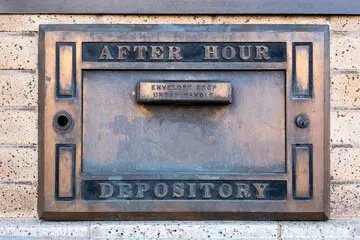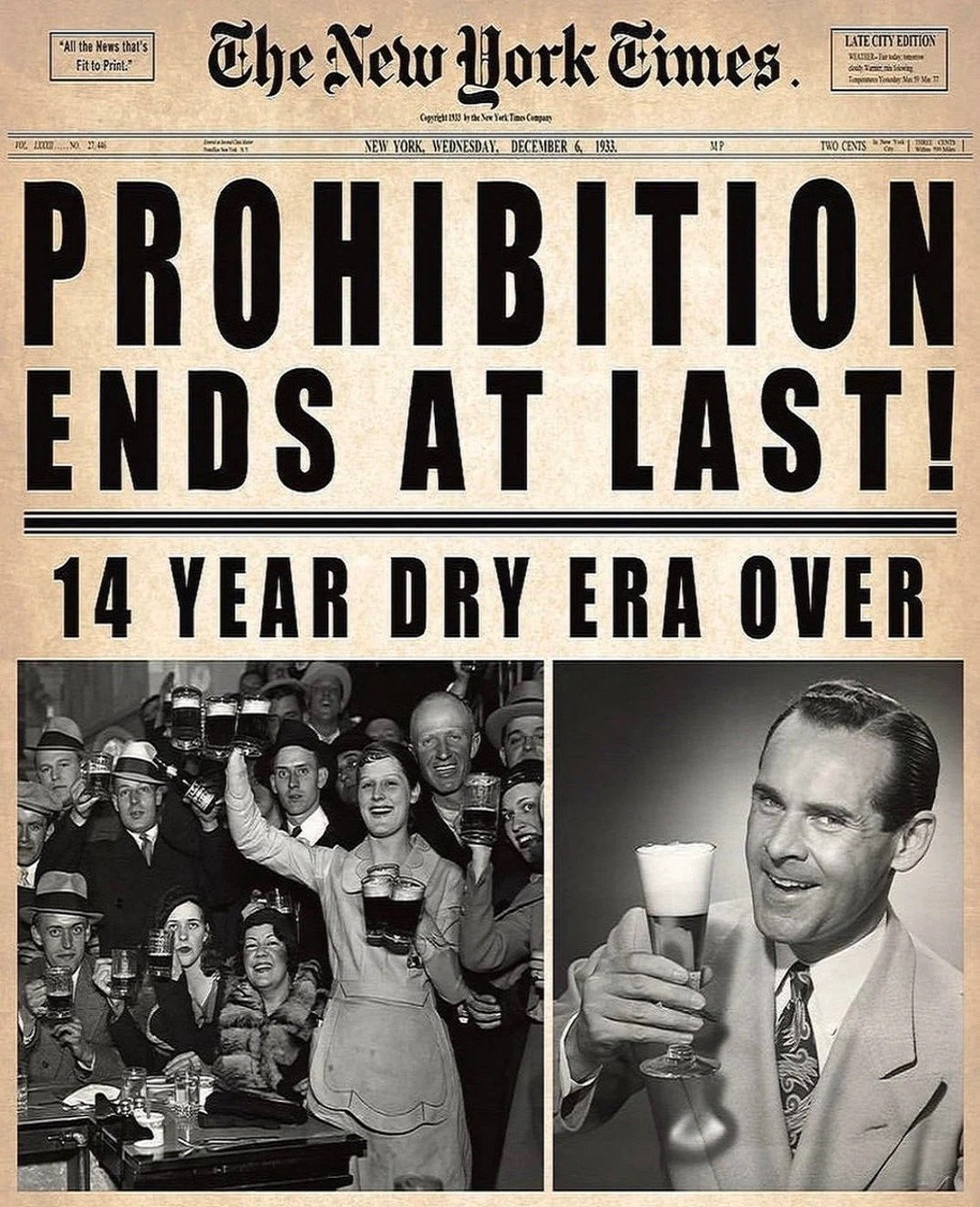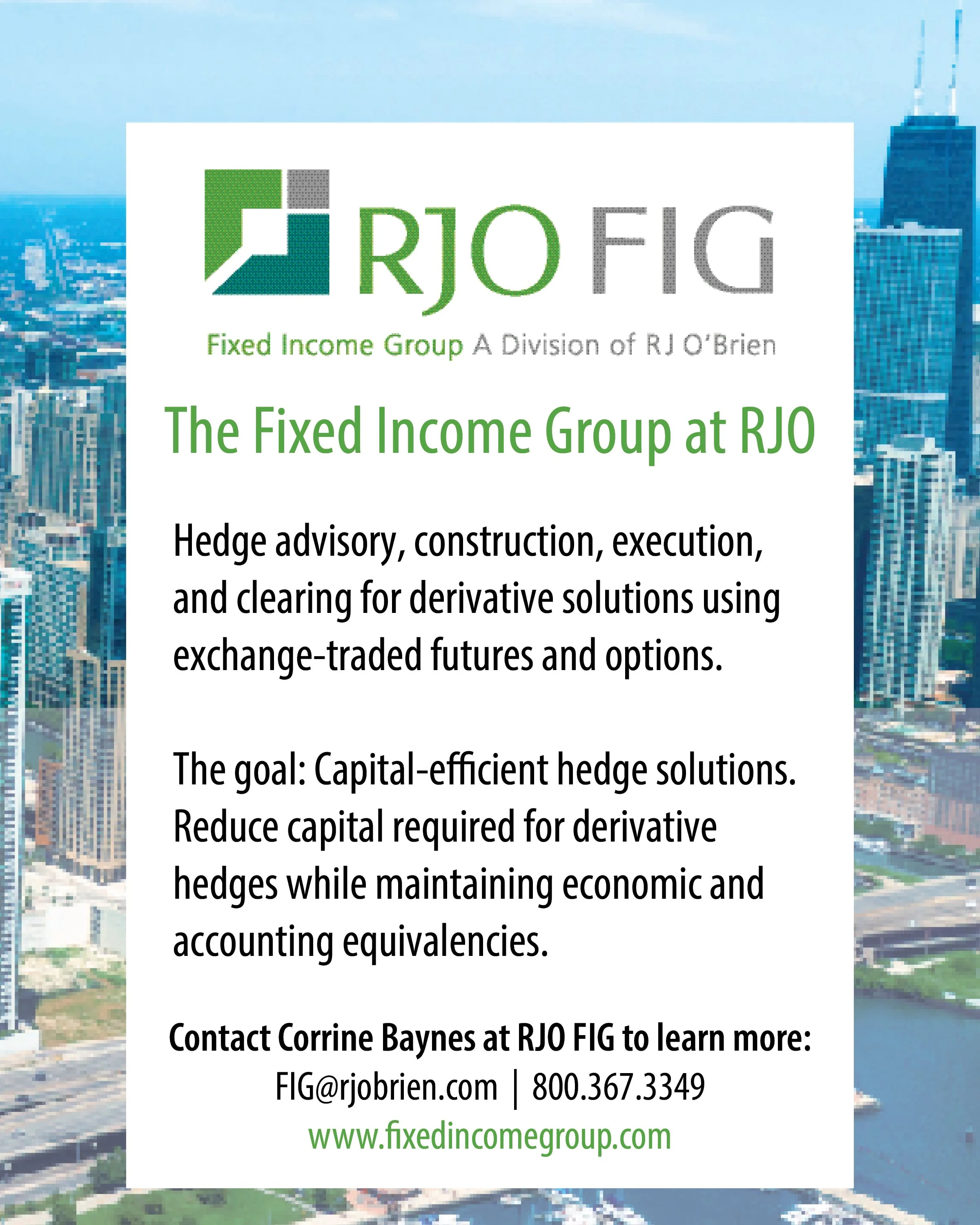Banking from the Bank Treasurer's Perspective
Professional Insights and Commentary on Bank Treasury Issues, Investment Portfolio Strategy, and More.
Latest Newsletters
The Bank Treasury Newsletter is an independent, free publication made possible by the generosity of our sponsors.
Interested in becoming a sponsor? Let’s talk.



















Bank examiners, as depicted in the 1946 movie, “It’s a Wonderful Life,” are a rare breed of smart, dedicated public servants whose job has always been to keep the financial system safe and sound. As the complexity and risks of running a bank increase with the introduction of cryptocurrencies such as stablecoins and the move towards tokenization, the need for these examiners has never been greater. Yet, bank supervisors are leading a reduction-in-force that will further strain resources.